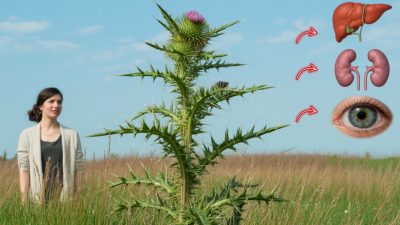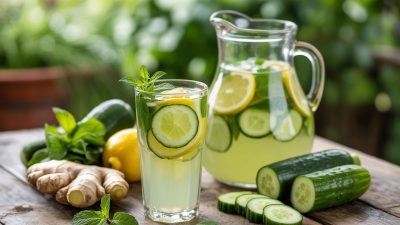Crabgrass, often regarded as a stubborn backyard nuisance, is usually the first target in any gardener’s battle against weeds. With its sprawling habit and rapid growth, this plant has earned a bad reputation. But what if the very weed you’ve been pulling out of your lawn holds surprising health and nutritional benefits? It turns out that crabgrass (genus Digitaria) is more than just an eyesore—it’s a resilient, nutritious, and potentially beneficial plant that has been overlooked for too long.
Understanding Crabgrass
Crabgrass is a common annual grass native to Europe and Asia, but it thrives in warm climates across the globe. Its scientific name comes from the Latin word digitus, meaning finger, due to the finger-like spread of its seed heads. Two main species are typically found in North America: Digitaria sanguinalis (large crabgrass) and Digitaria ischaemum (smooth crabgrass). While most gardeners consider it invasive, in other parts of the world, it is intentionally grown and even cultivated.
Crabgrass is highly adaptable. It grows well in poor soils, survives drought conditions, and doesn’t require fertilizers or pesticides. This hardiness makes it a sustainable crop for areas with harsh climates or limited resources.
A Forgotten Food Crop
Historically, crabgrass hasn’t always been seen as a weed. In parts of Africa, especially in Ethiopia, a species of crabgrass known as Digitaria exilis is cultivated as a grain crop called “fonio.” Fonio has been a staple in West African diets for thousands of years and is gaining attention worldwide for its nutritional profile.
Fonio is gluten-free, rich in amino acids, and quick to cook—traits that are especially valuable for people with dietary restrictions or for those living in food-insecure regions. Though fonio isn’t the exact same species of crabgrass that grows in North American backyards, they are closely related, sharing many characteristics and potential uses.
Nutritional Benefits
Though not as widely studied as more common grains, crabgrass has shown promise as a nutritious food source. Some potential nutritional benefits include:
- Rich in Fiber: Like many grasses and grains, crabgrass seeds are high in dietary fiber, which helps with digestion and supports gut health.
- Essential Amino Acids: Fonio, a cultivated relative of crabgrass, contains high levels of methionine and cysteine—two amino acids often lacking in modern cereal grains like wheat and corn.
- Low Glycemic Index: This makes it suitable for people managing blood sugar levels, such as those with diabetes.
- Vitamins and Minerals: Preliminary studies suggest that crabgrass seeds may contain iron, magnesium, and zinc, vital nutrients for maintaining healthy bodily functions.
Medicinal Uses
Traditional medicine has long utilized plants that are typically dismissed by modern agriculture. In some cultures, crabgrass has been used for its diuretic and anti-inflammatory properties.

Folk remedies in parts of Asia and Africa use crushed leaves or decoctions made from the plant to treat infections, fever, and even digestive issues.
While modern scientific validation is still limited, these traditional uses open the door to further research into the plant’s medicinal potential.
Sustainability and Environmental Impact
The aggressive growth of crabgrass, while a problem for pristine lawns, could actually be an advantage in agricultural settings. Its ability to grow quickly and without extensive care means it could serve as a ground cover, protecting soil from erosion and conserving moisture.
In regions facing the challenges of climate change and declining soil fertility, crabgrass—or a closely related cultivated species—could offer a sustainable solution for food production. Its minimal need for water and chemical inputs aligns well with the goals of regenerative agriculture and permaculture.
Using Crabgrass at Home
Before harvesting crabgrass from your backyard, it’s important to ensure the plant hasn’t been treated with herbicides or other chemicals. If you’re interested in experimenting with its uses:
- Seeds: You can harvest and dry the seeds, then grind them into flour or use them whole like millet or quinoa.
- Leaves: Young leaves can be boiled and eaten like spinach in some traditional dishes.
- Tea: The dried plant can be steeped to make a mild herbal tea, though more research is needed on its long-term effects.
Final Thoughts
Crabgrass may never win any awards for landscaping beauty, but its reputation as a weed might be due for a revision. This humble plant, long scorned by gardeners, has deep roots in global food traditions and a future that could include contributions to nutrition, sustainability, and health.
As our planet faces new challenges in food security and ecological balance, the solution may lie in rethinking our relationship with the plants around us—even the ones we once dismissed as mere weeds. Crabgrass, it seems, has a lot more to offer than we ever imagined.









